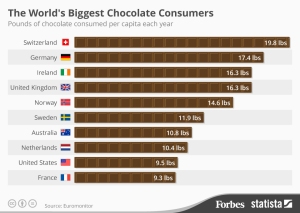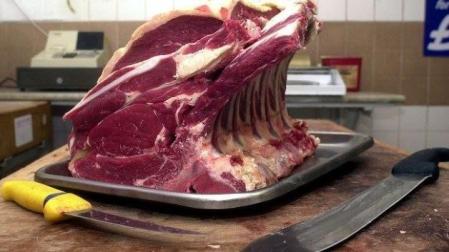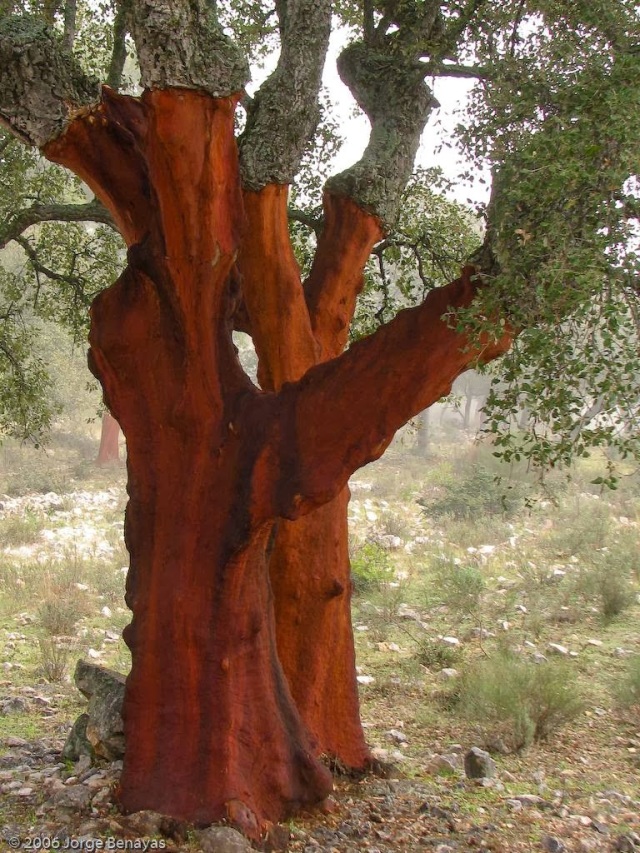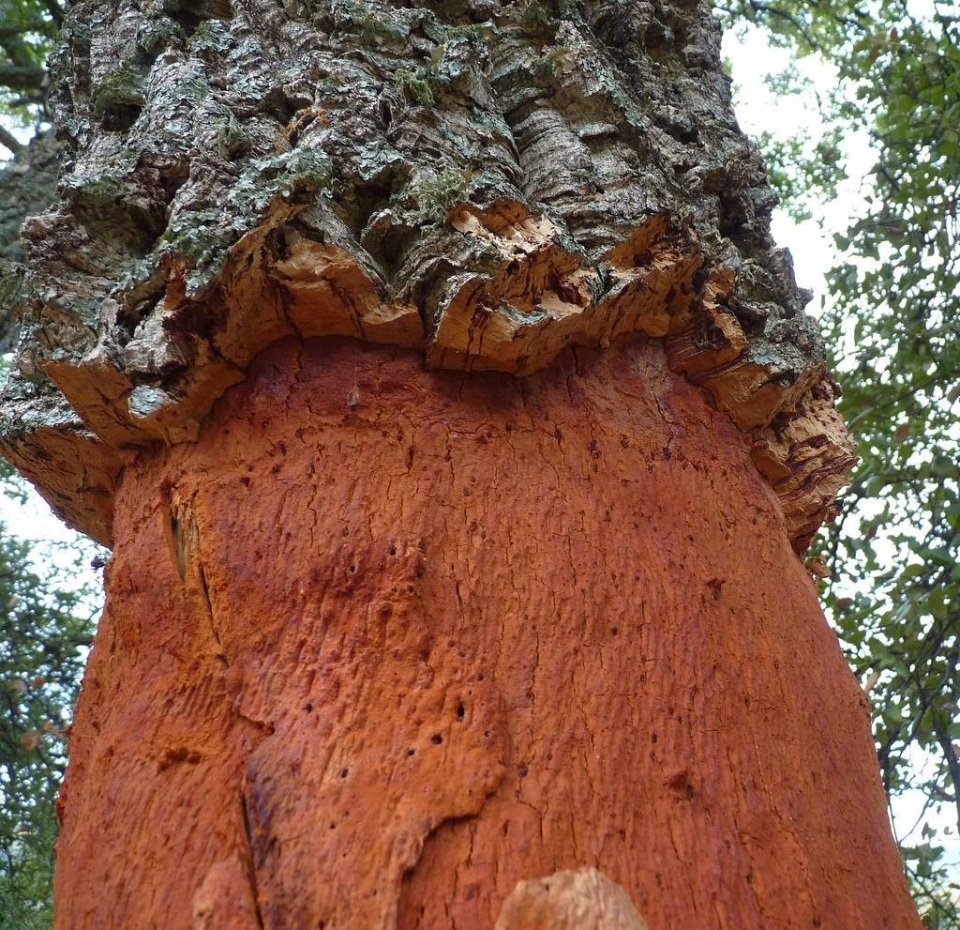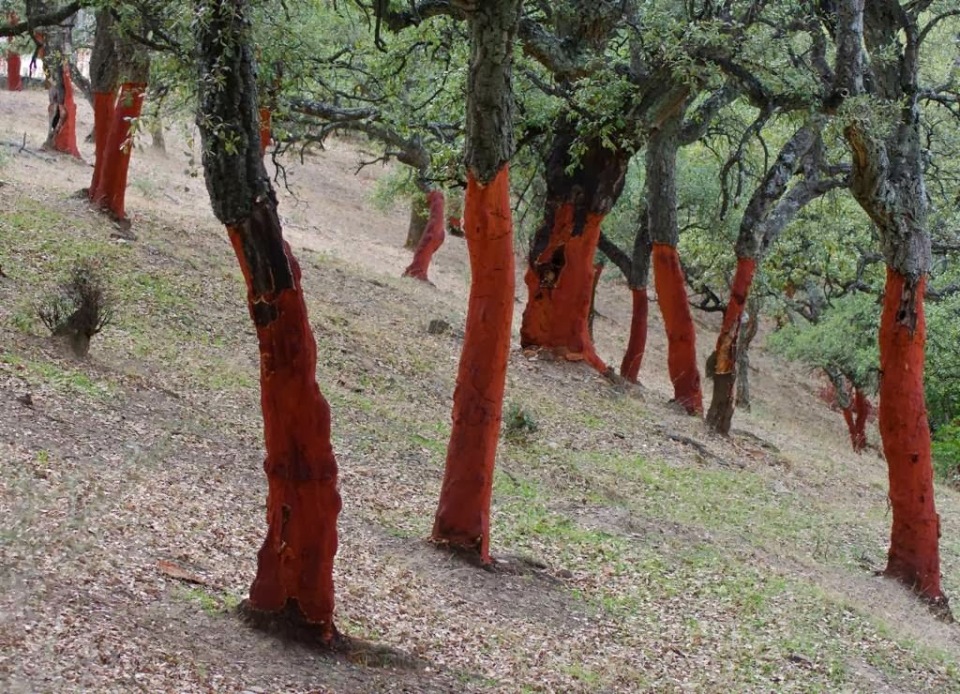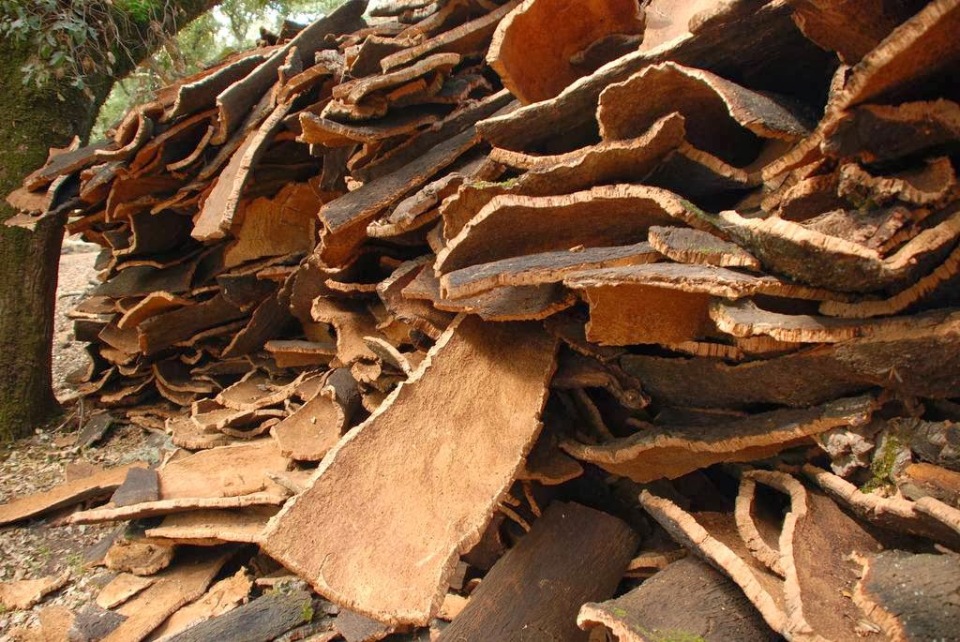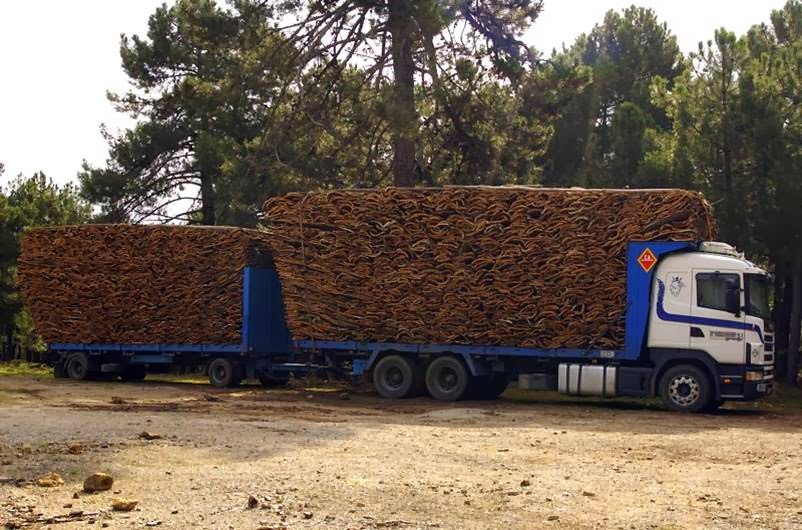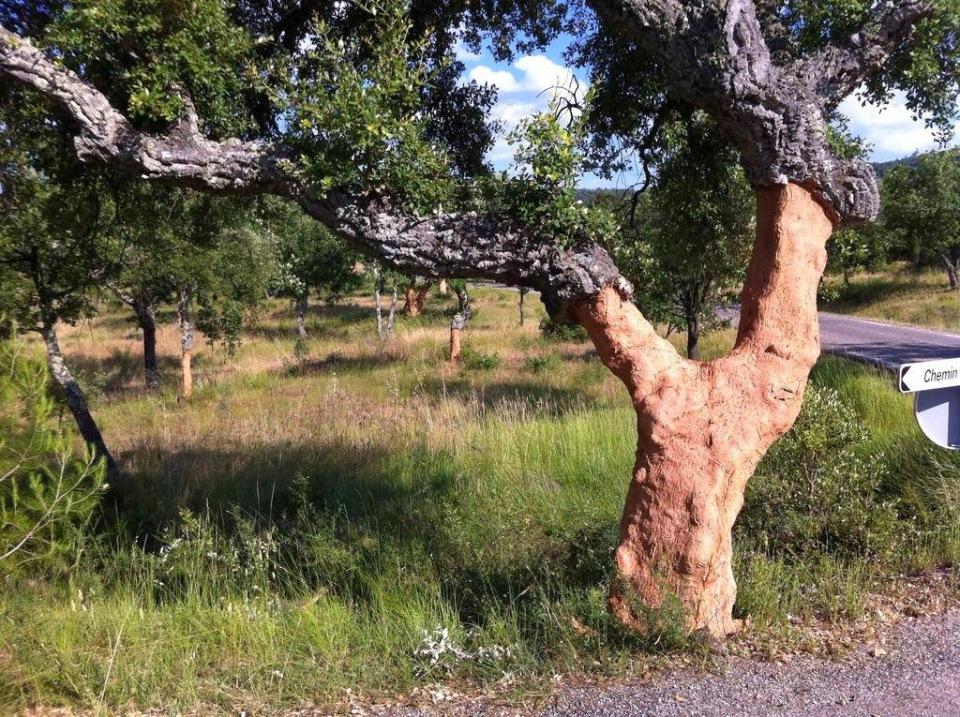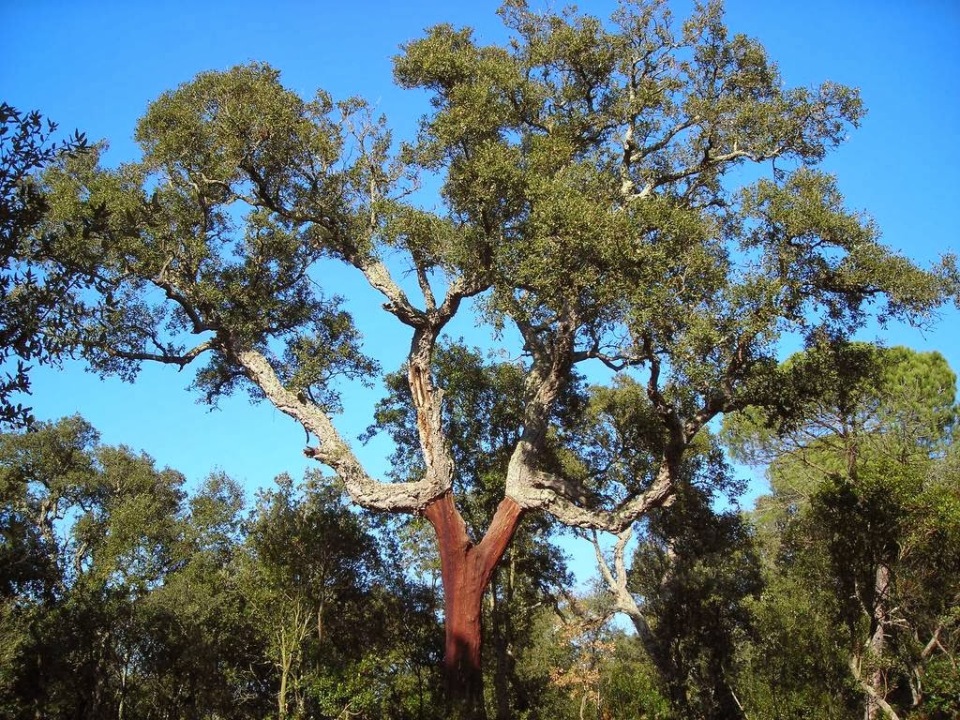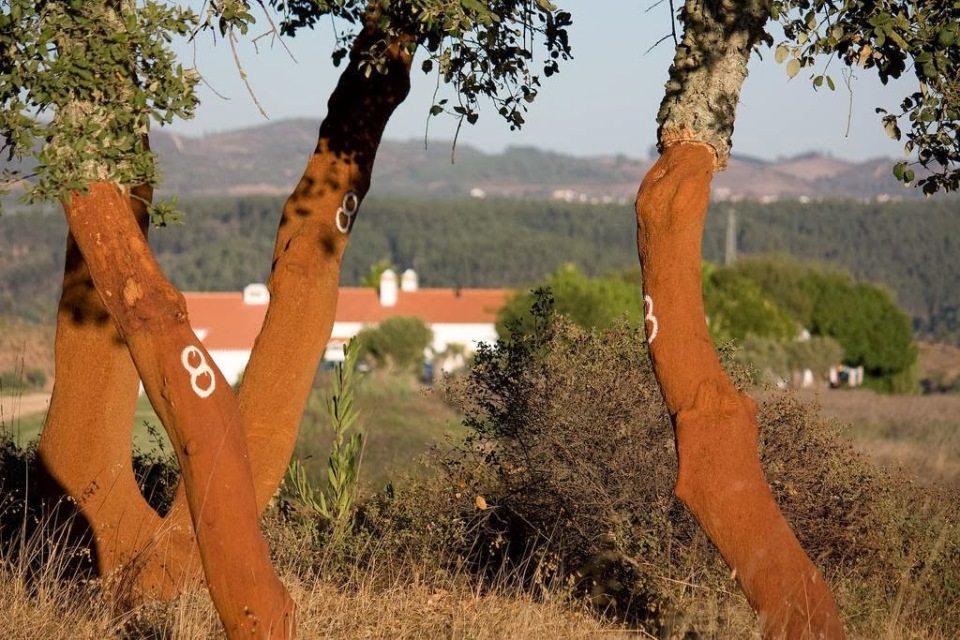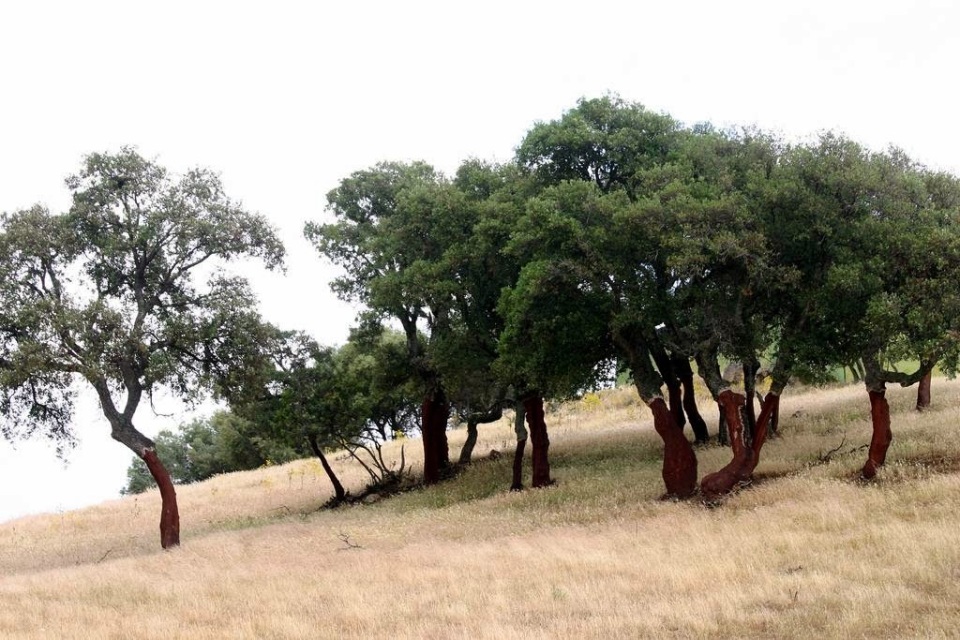5 Human Foods Cats Can Eat

It can be hard to resist spoiling your beautiful feline friend with a special treat from the dinner table. But as wise cat owners know, many human foods can be unsafe for your cat because we have vastly different nutritional needs from them. Even some kinds of food your cat loves and begs for might wreak havoc on your lovable furball’s digestive system.
We spoke with Dr. Elizabeth Colleran, President of the American Association of Feline Practitioners (AAFP), who said that the list of foods you can never feed your cat is a lot smaller than most people think. Cats should never have onion, garlic, kelp, grapes or raisins, sugary treats, chocolate, and alcoholic or caffeinated drinks, even in small doses.
However, you’ll find many veterinary lists of dangerous foods are longer. The truth is, if you examine the fine print, some foods on these warning lists can be safe for your cat — but only in small doses. And a good rule of thumb is that human food should not make up more than 15 percent of a cat’s diet.
So, what foods can Fluffy eat safely off of the table?
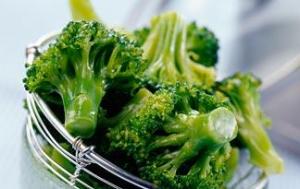
While humans are omnivores, meaning we can survive on meat and vegetables, a cat is classified as an obligate carnivore, meaning it needs meat to survive (or at least thrive). So, it’s true that cats, unlike humans, don’t derive much nutrition from vegetables. But Dr. Colleran assures us that carbohydrates aren’t inherently bad for cats. Rather, cats are just able to derive more energy from protein and use it more efficiently. Some cats enjoy chomping on plants every once in a while to get roughage or fiber.
If you’ve noticed that your cat has this craving, keep houseplants away from it, because they may be toxic. Instead, serve up small portions of veggies to your cat. Some recommended vegetables include baked carrots, steamed asparagus or broccoli, green beans, winter squash, or chopped greens. Dr. Colleran advises cat owners to wash veggies thoroughly and avoid anything that might be indigestible, like uncooked carrots.
Along these same lines, some cats chew on and eat grass in order to throw something up, like a hair ball that’s caught in their throat. Some cat owners without lawns will bring in some grass if their cat gets that craving.
Vegan Like Me
If you’d like to make your entire household vegetarian or vegan, including your cat, talk to your vet first. There is some controversy over whether vegetarian or vegan diets are enough for cats, but most vets agree that meat offers the necessary vitamins and minerals.
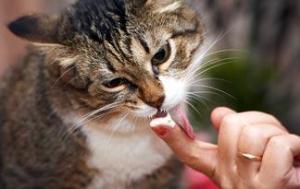
Many cats love cheese, and it’s a good source of protein for them. And although some cats are able to eat it without any problem, you’ll find that dairy products often make the list of dangerous foods for cats. That’s because as many cats mature to adulthood, they become lactose intolerant. For these adult cats, any cheese, milk or other dairy will cause diarrhea.
If you’re interested in feeding your cat dairy, give it a very small amount at first to see how its digestive system handles it. It might be able to safely handle small portions of cottage cheese, or even yogurt and sour cream. You can also try giving your cat low-lactose varieties of cheese and milk.
If you only feed dairy to your cat occasionally as a special treat, you’ll be able to use it to get a finicky cat to take its medicine. Some sneaky cat owners actually grind up pills for their feline and put the powder on cheese or butter to get them to ingest the medicine.

Most cats love fish, and it can provide some much needed nutrients for them. After all, you’ll find it in many commercial cat foods. So, if you’re preparing a nice tuna sandwich, it shouldn’t do any harm to sneak your cat a bite.
But — and there’s always a “but” — you should be aware of some concerns with serving your cat too much fish. The high levels of polyunsaturated fatty acids in a heavy tuna diet will deplete a cat’s supply of vitamin E. You should also be aware that carnivorous fish like tuna, salmon and swordfish are more likely to contain higher levels of mercury than cod, halibut and flounder.
And although you’ll find some vets who believe that it’s fine and even preferable to give your cat uncooked fish, Dr. Colleran disagrees. She warns that uncooked oily fish contain too much thiaminase, which breaks down thiamine, an essential vitamin. This is addition to the safety hazard of eating raw fish. For instance, uncooked freshwater fish might carry a tapeworm.
Home Cooking
Some ambitious cat lovers wonder if they can take it upon themselves to make all of their cat’s food. Although it’s possible, a cat’s particular nutritional needs make it very difficult. Dr. Colleran tells us that it can be more expensive than buying commercial cat food. If you are dedicated, though, you should work carefully with a veterinary nutrition specialist.
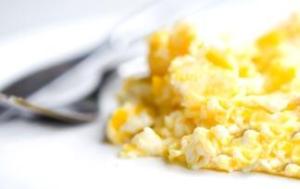
Eggs are great for humans and cats because they’re rich in protein. In fact, many books that promote natural cat diets strongly encourage owners to give their cats eggs. After all, in the wild, cats would occasionally raid the nests of birds. Vets agree that cooked eggs, such as scrambled or hard-boiled, make an excellent and nutritious treat for a cat.
However, although some natural diet books recommend raw eggs — which provide more nutritional benefits and are what a cat would get in the wild — Dr. Colleran again says this is too dangerous. Salmonella and E. coli have become too much of a risk. “Not only do you not want to make your cat sick,” she notes, “but you don’t want to bring those kinds of organisms into your environment.” This can be a problem if, for instance, something harmful passes through the animal but remains in its excrement.
Another concern is that eggs are very allergenic. Dr. Colleran recommends watching for manifestations of an allergic reaction if you do feed your cat eggs.

Because cats are carnivores, animal meat is one of the safest human foods to give a cat, which it why we rank it at No. 1. Cooked poultry is probably the best choice. Uncooked meat brings with it the same safety concerns as uncooked fish or eggs. Nevertheless, as with fish and eggs, you’ll find a few vets who prefer raw for the nutritional value.
You’ll also find conflicting advice as to whether you should worry about fat content. Dr. Colleran explains that it’s largely a matter of calories. Fat is nutritious in itself, but cats, like humans, shouldn’t consume too much. And cats suffer from an obesity problem in the United States, too. Even if your cat could use the extra calories, however, too much fat in one sitting can cause diarrhea. This is why you shouldn’t let your cat finish your rejected fat trimmings from the table.
So, it seems that moderation is important for everything we can give a cat — except of course, our unconditional love.
http://www.animalplanet.com/pets/1-meat/

